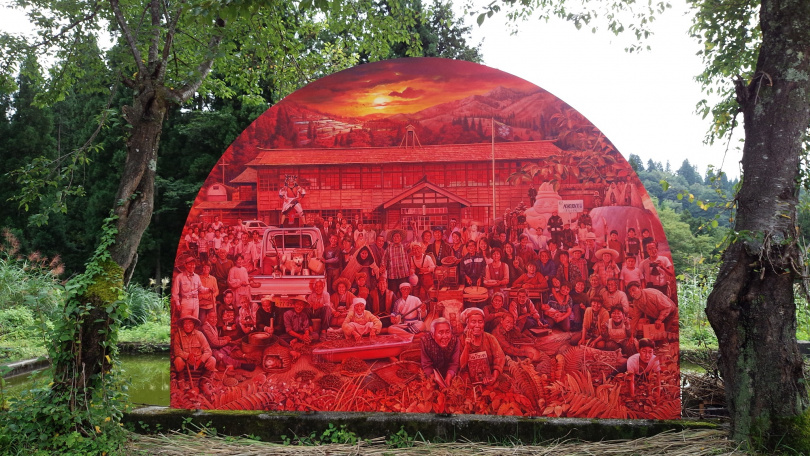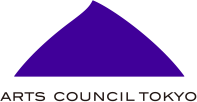2018/10/02
The Meaning of “Impact of Investment in the Arts and Culture”
Creative Director / Chair, Council Board of Arts Council Tokyo
Taneo Kato
It seems we now live in “an age when people make money from the arts and culture.” Until recently, the arts and culture had been the classic money-losing activities, but it’s said that they have been transformed into a sort of money-making Aladdin’s lamp.
As an example, people have always been advised to preserve cultural assets with utmost care and tamper with them as little as possible. Recently, however, the policy regarding these assets has undergone a major shift, and we’re told that they should be not simply preserved, but profited from financially as resources for tourism. We hear that museums and other facilities are encouraged to sell off the treasures in their collections and generate sources of funding for management and purchase of needed artworks, instead of lamenting their budget deficits. Tangible cultural properties are regarded as tourist attractions, and artworks are viewed as products to be traded at high prices—and expectations are rising for intangible cultural properties as well. In addition, contemporary art projects and art festivals that authorities and corporations have previously kept at arm’s length are now expanding their scope nationwide, and attention is being paid even to spin-off benefits.
 Navin Rawanchaikul + Navin Production, “Akakura Academy,” photographed by the author at the Echigo-Tsumari Art Triennale
Navin Rawanchaikul + Navin Production, “Akakura Academy,” photographed by the author at the Echigo-Tsumari Art Triennale
In short, there is no doubt that the arts and culture are indispensable to the economy. Sustainable economic development cannot be expected if the arts and culture are ignored. Economist Nobuko Kawashima, Doshisha University professor and advocate of the Creative Economy, says, “In today’s world, the economy does not support culture; culture supports the economy.”
In this way the arts and culture serve a useful economic role; however, important economic benefits cannot be realized if the arts are judged only in terms of economic value, or if art projects that are deemed economically valuable are the only ones to receive funding. In fact, there’s a paradoxical relationship between the arts and economics: the artistic and cultural activities that ultimately bring about economic benefits are actually the ones that are far removed from economic activities and therefore considered to be of little economic value. In terms of the “sacred-profane” dichotomy, art has generally been regarded as “sacred”; in addition to being “sacred,” however, it’s essentially been something “profane” that is deeply rooted in people’s lives. Consequently, the greatest value of the arts has been in the fact that they make people’s daily lives interesting and fulfilling, and diversify and enrich the existence of each individual and the relationship between nature and society. In other words, what’s important has been exchange and inclusion rather than division and exclusion. Moreover, art has been enjoyed with a perception of differences and intermixing among people as a source of creation. That is, the arts have their own intrinsic value that is not the same as usefulness. And because they have intrinsic value, they offer clues to creative solutions and diverse innovation in relation to social issues. What’s most important for the arts is creation, but creation is a process of trial and error through repeated hypothesis and experimentation; and just as scientific and technological research cannot develop into productive applied research if the basic research is lacking, basic research-style creation through repeated experimentation and risk is essential in the arts and culture.
Even in the arts there is a tendency to support projects that easily gain everyone’s understanding and sympathy and can be of immediate use, because these projects produce an immediate economic ripple effect. In the corporate world, moreover, companies endeavor to support artistic and cultural projects in areas close to their own field. However, as a result of continued investment in contemporary art projects praised for being different, such as the Echigo-Tsumari Art Triennale and the Setouchi Triennale, local governments and supporting companies have also gained the invaluable return of brand strength, a source of economic strength. This is certainly because brand strength is something gained through difference. Cost effectiveness in the arts and culture is the result of this mechanism.

